Cleaning Up Public Spaces After A Hurricane
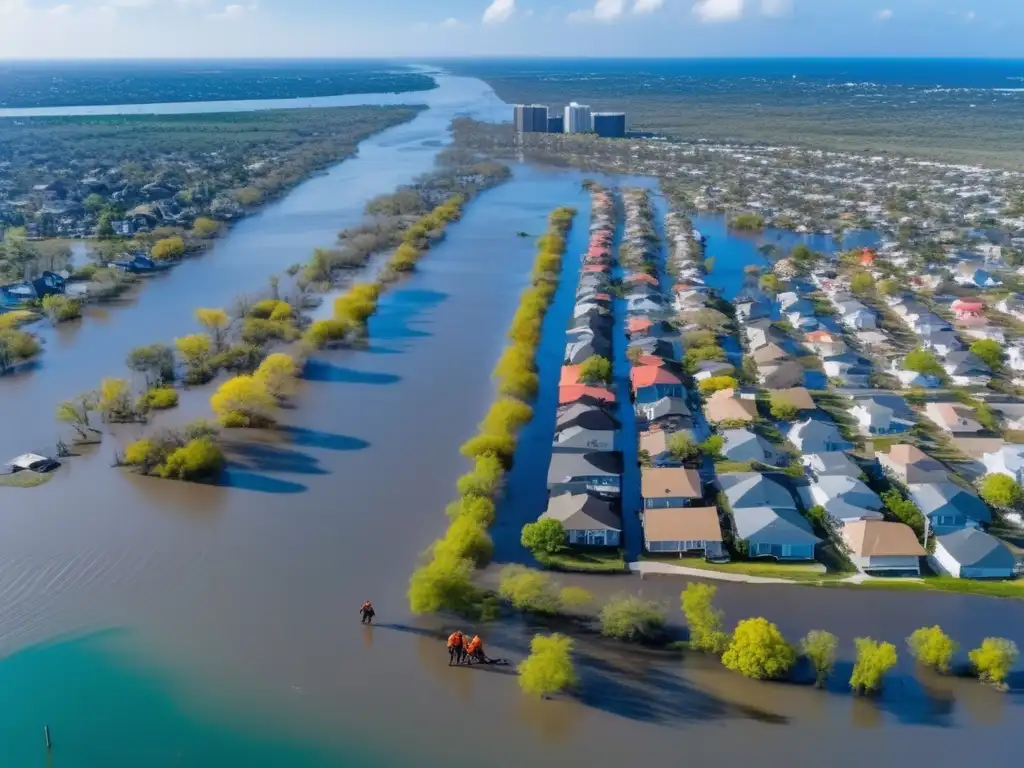
Cleaning Up Public Spaces After a Hurricane
Introduction
After a hurricane hits, public spaces such as parks, playgrounds, and beaches can become littered with debris and hazardous waste. Cleaning up these areas as quickly and efficiently as possible is essential for local authorities to restore normalcy and protect public health. In this article, we will discuss the steps involved in cleaning up public spaces after a hurricane, the importance of rapid response, and the potential dangers involved in the process.
The First Steps

Assessing the Damage
The first step in cleaning up public spaces after a hurricane is to assess the extent of the damage. Local authorities will need to perform a site inspection to determine the amount and types of debris present, identify hazardous materials that may pose a risk to public health, and evaluate the level of equipment needed for the cleanup.
Creating a Cleanup Plan
Based on the results of the assessment, a cleanup plan can be developed. The plan should identify what types of equipment and personnel will be needed, the timeline for completing the cleanup, and the disposal method for the debris. A well-conceived cleanup plan should consider all relevant factors, including labor costs, the availability of equipment and supplies, and any safety risks that may be associated with the cleanup process.
Getting the Right Tools and Personnel
Once the cleanup plan has been finalized, the next step involves gathering the necessary tools and personnel. This may include heavy equipment such as bulldozers, backhoes, and trucks, as well as manual laborers to handle smaller debris or hazardous waste. Personal protective equipment like gloves, respirators, and safety goggles may also be necessary for those working directly with hazardous materials.
Challenges of Cleaning Up Public Spaces After a Hurricane
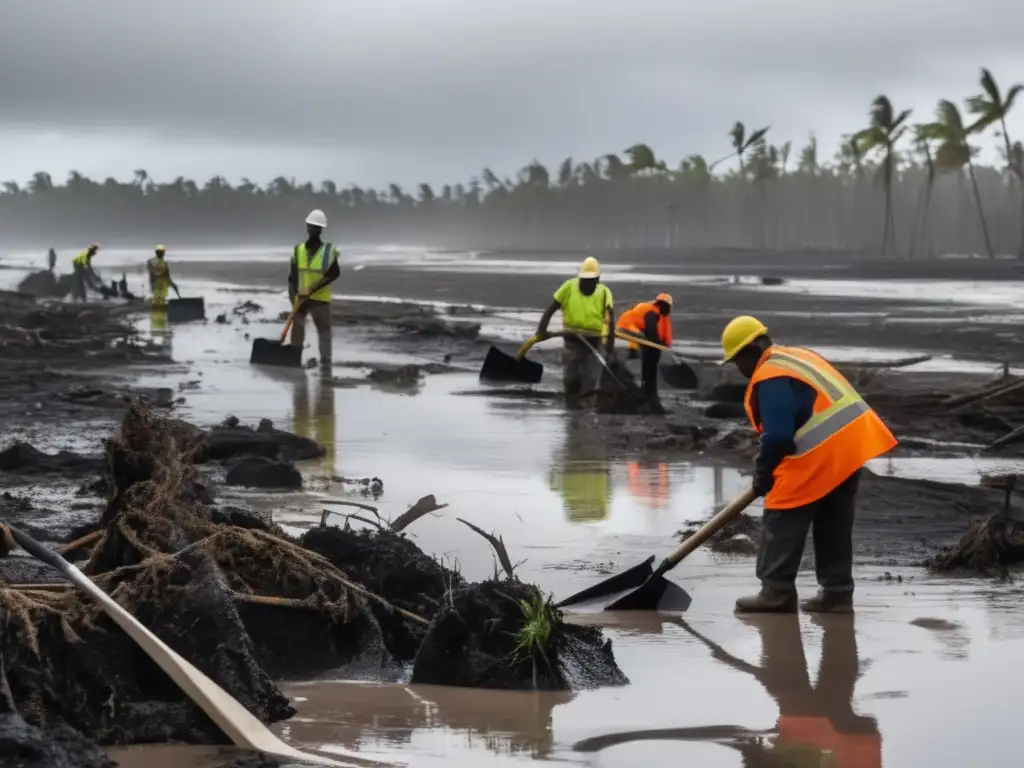
Hazardous Materials
Hurricanes can generate hazardous waste, which can accumulate in public spaces after the storm. This waste may include chemicals, oil, and other toxic substances that can contaminate soil, water, and air. It is essential to hire professionals to handle these materials safely, as exposure can lead to injury or illness.
Utility Lines
Another challenge faced during the cleanup process is the possibility of downed power lines and other utilities. Any debris or waste falling on live wires can cause fires, injury, or even death. Local authorities need to have a plan in place to ensure that utility companies are notified immediately when such hazards are present.
Limited Resources
The aftermath of a hurricane can be chaotic, and many communities may not have the resources to clean up public spaces quickly. Getting the cleanup done as quickly as possible is critical as it helps restore a sense of normalcy to residents whose lives have been disrupted by the storm. However, limited resources may impede the ability to do so.
The Disposal Process
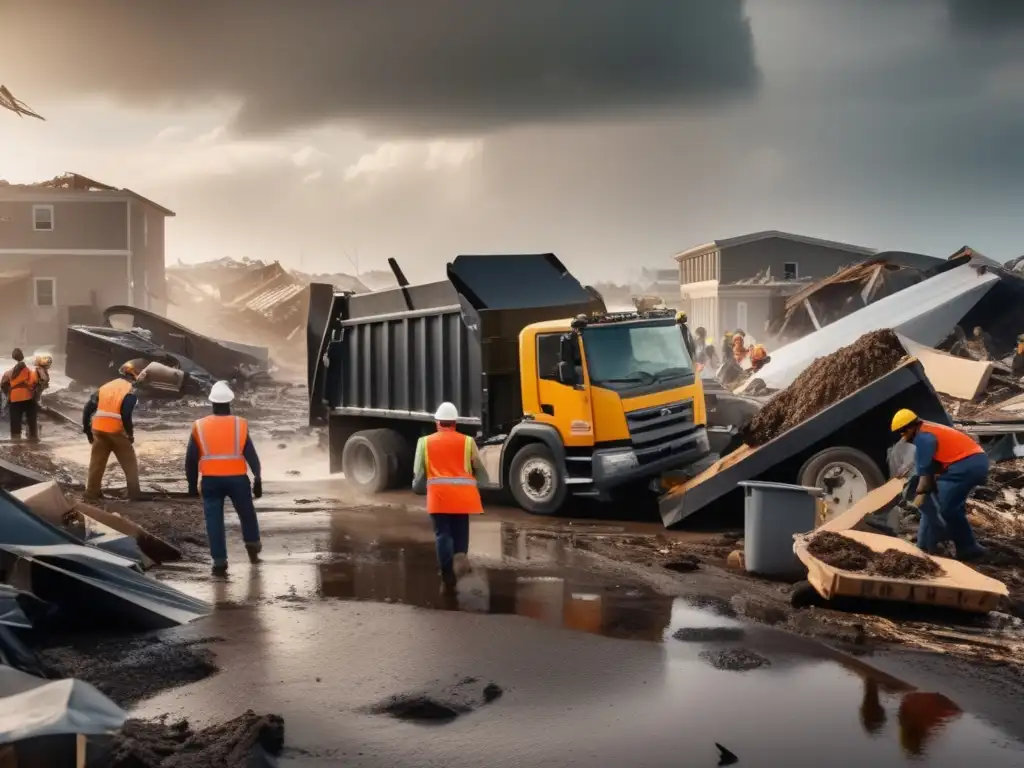
Safety is Key
During the cleanup, hazardous waste must be disposed of carefully to prevent contamination of soil, water, and air. The environmental safety of the disposal site is an essential consideration when disposing of hazardous materials. Local authorities should designate specific sites for disposal of hazardous waste, and ensure that all necessary permits and licenses are obtained before beginning the process.
Sorting Through the Debris
The debris generated from the hurricane cleanup must be sorted to ensure that valuable material is not discarded. For example, wood can be used for firewood or mulch, while metal can be recycled. Sorting through the debris also reduces landfill costs and limits the amount of waste that needs to be transported.
Transportation
The final step in cleaning up public spaces after a hurricane involves transporting the debris to the designated landfill or disposal site. Many communities may not have sufficient resources to transport large amounts of debris, given that the cleanup process generates substantial amounts of waste. In such cases, local authorities can consider seeking assistance from state or federal agencies, who may be able to provide additional resources for transportation and disposal.
Frequently Asked Questions
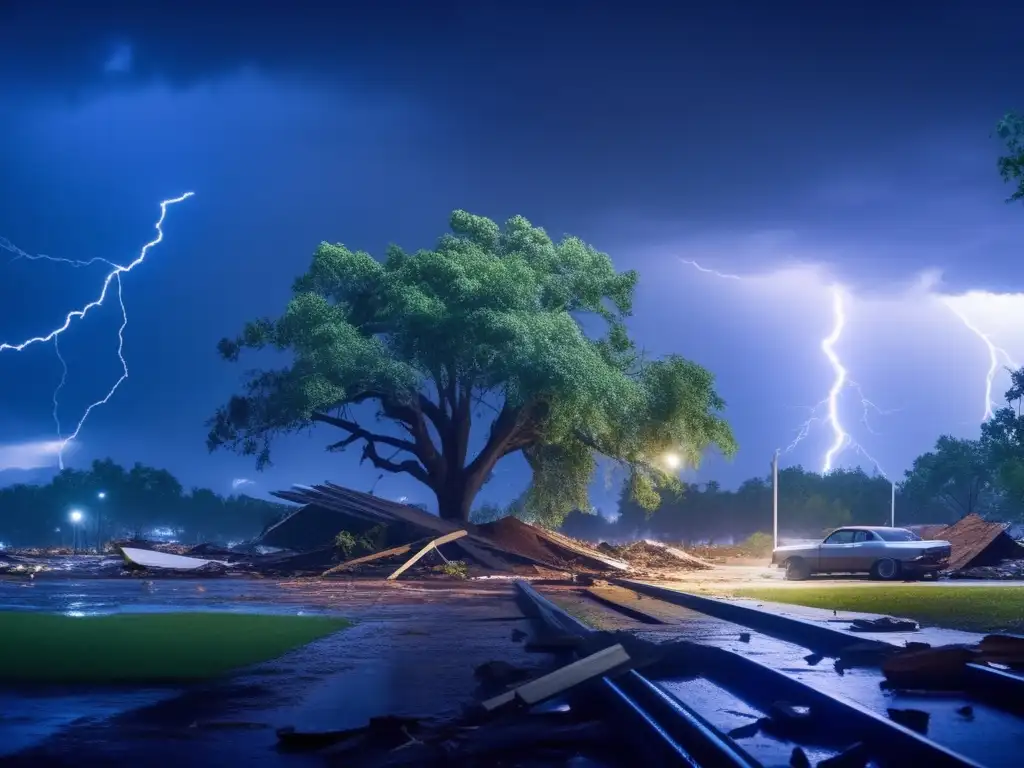
-
How long does it take to clean up a public space after a hurricane?
The length of time required for cleanup depends on the extent of the damage to the area, the level of equipment needed, and the amount of hazardous waste present.
-
Who is responsible for cleaning up public spaces after a hurricane?
In most cases, local authorities are responsible for coordinating the cleanup of public spaces after a hurricane.
-
What happens to hazardous waste generated during hurricane cleanup?
Hazardous waste must be disposed of carefully to prevent contamination of soil, water, and air. Local authorities should designate specific sites for disposal of hazardous waste, and ensure that all necessary permits and licenses are obtained before beginning the process.
-
Can debris generated during hurricane cleanup be recycled?
Yes. Materials like wood and metal can be recycled, while other materials like plastics may need to be disposed of in a landfill.
-
What can residents do to help with the cleanup process?
Residents can assist local authorities by sorting debris into different piles, such as metal, wood, and hazardous waste. They should also stay away from areas designated for cleanup to ensure their safety and the safety of cleanup personnel.
Conclusion
After a hurricane hits, cleaning up public spaces is essential for restoring normalcy and protecting public health. Local authorities need to assess the damage, create a cleanup plan, and gather the necessary tools and personnel to complete the job. Hazardous waste is a significant challenge during the cleanup process, and it must be disposed of safely to prevent contamination of soil, water, and air. Despite the challenges, cleaning up public spaces after a hurricane is an essential part of the recovery process, and it plays a crucial role in helping communities rebuild and move forward.
We hope that this article has provided you with valuable information on the challenges involved in cleaning up public spaces after a hurricane and the importance of rapid response. If you live in a hurricane-prone area, we encourage you to take the necessary steps to prepare for potential hurricanes, and stay informed on how to keep yourself and your family safe before, during, and after the storm. Thank you for reading, and please feel free to share your thoughts in the comments below.
Additional Resources
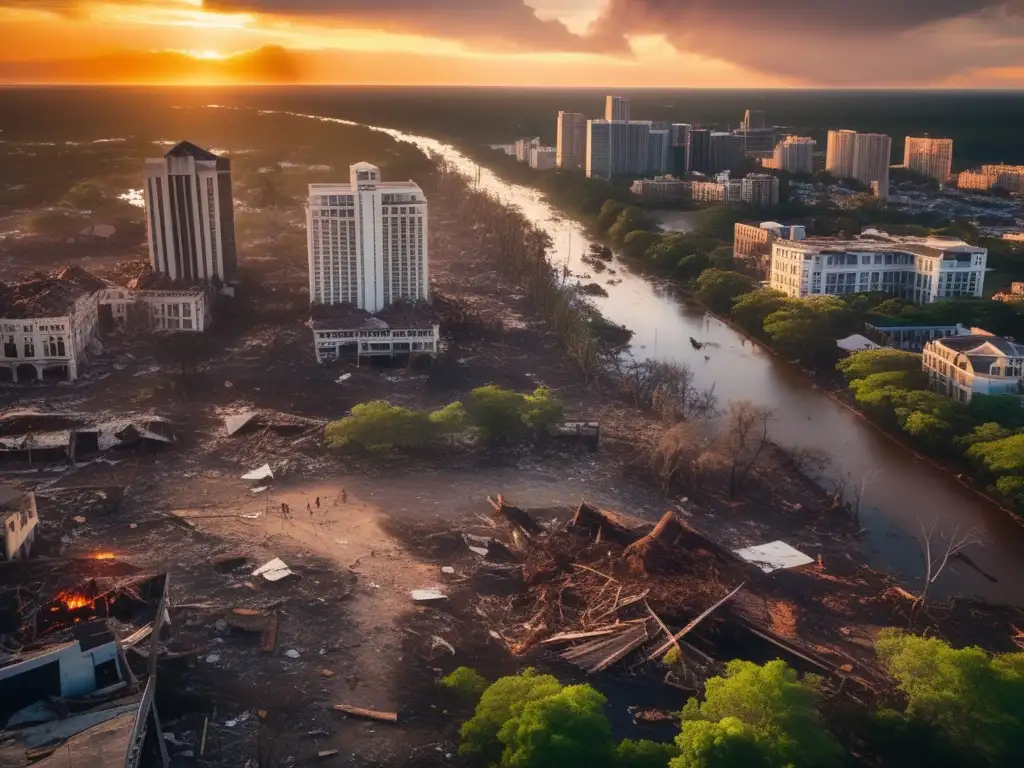
 Creating Safe Play Spaces For Children Post-Hurricane
Creating Safe Play Spaces For Children Post-Hurricane Contaminated Water: Safety Tips For Post-Hurricane Consumption
Contaminated Water: Safety Tips For Post-Hurricane Consumption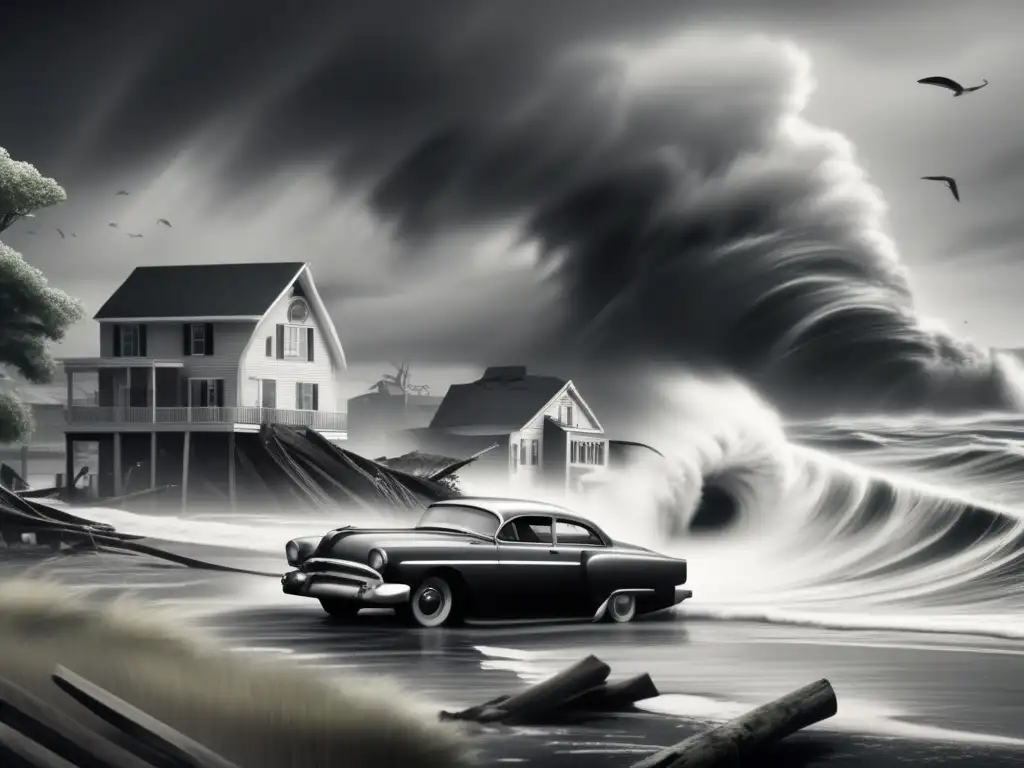 Handling Personal Injuries Sustained During A Hurricane
Handling Personal Injuries Sustained During A HurricaneIf you want to discover more articles similar to Cleaning Up Public Spaces After A Hurricane, you can visit the Hurricane recovery: category.
Leave a Reply

Articulos relacionados: